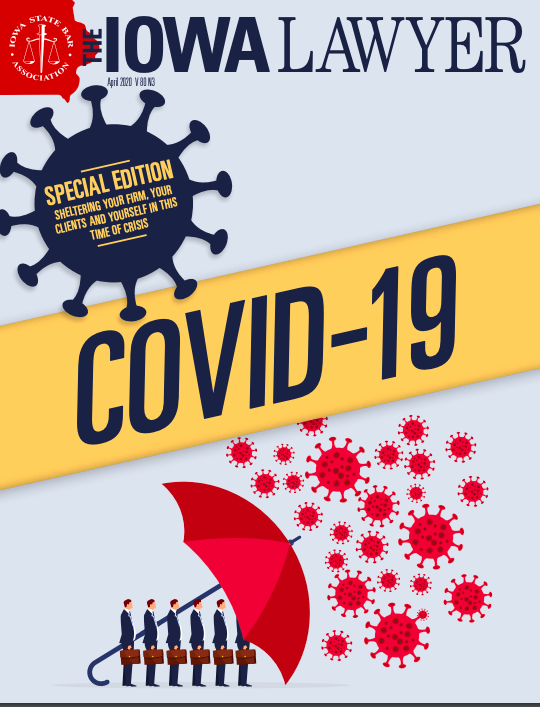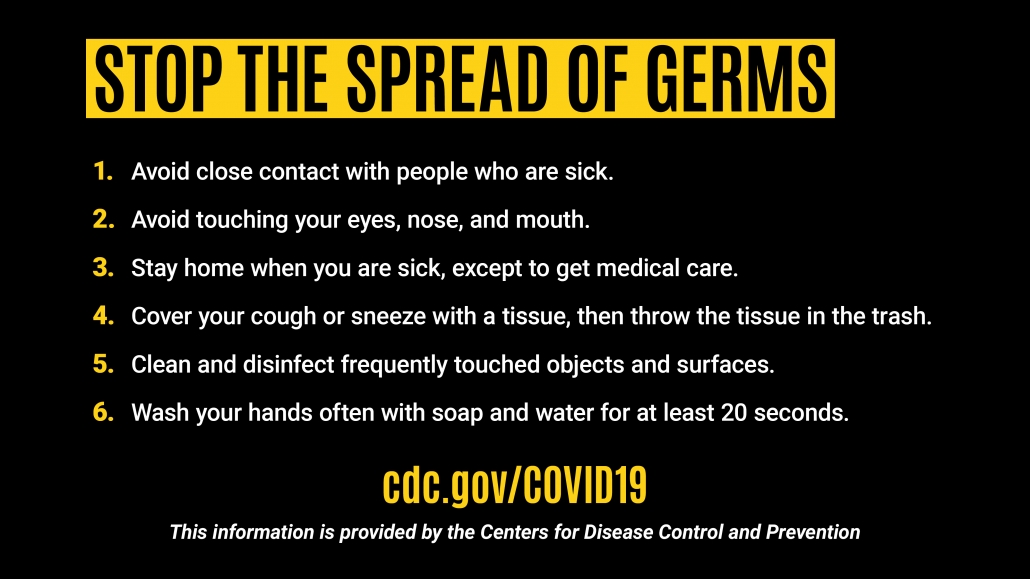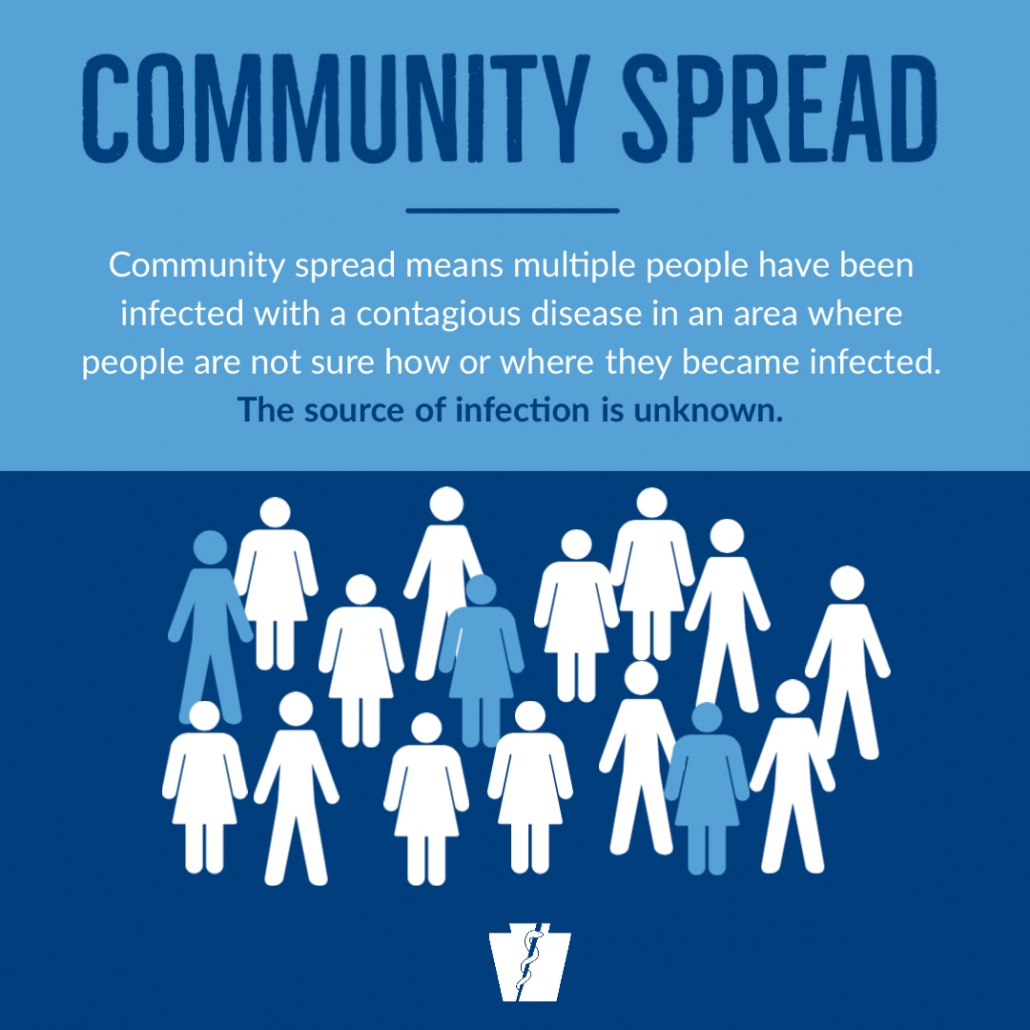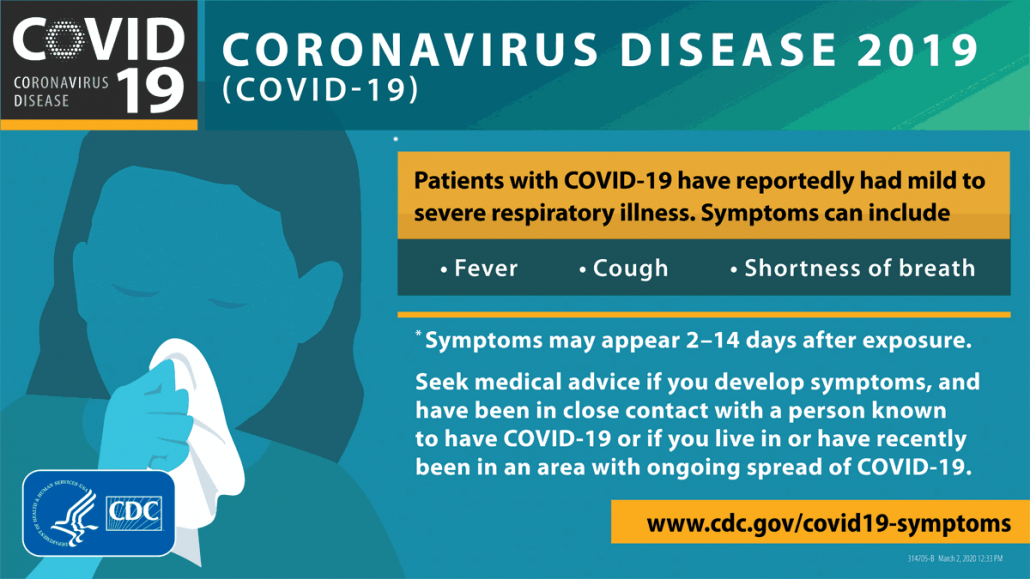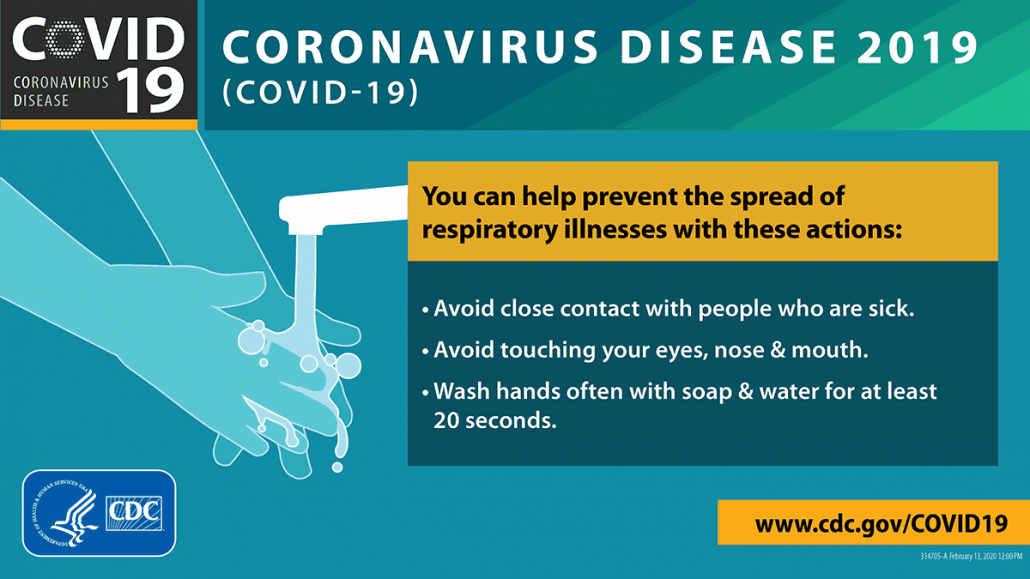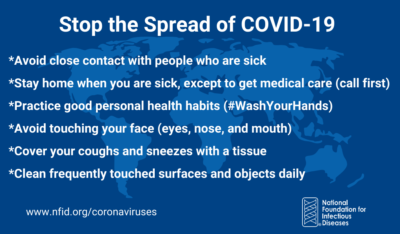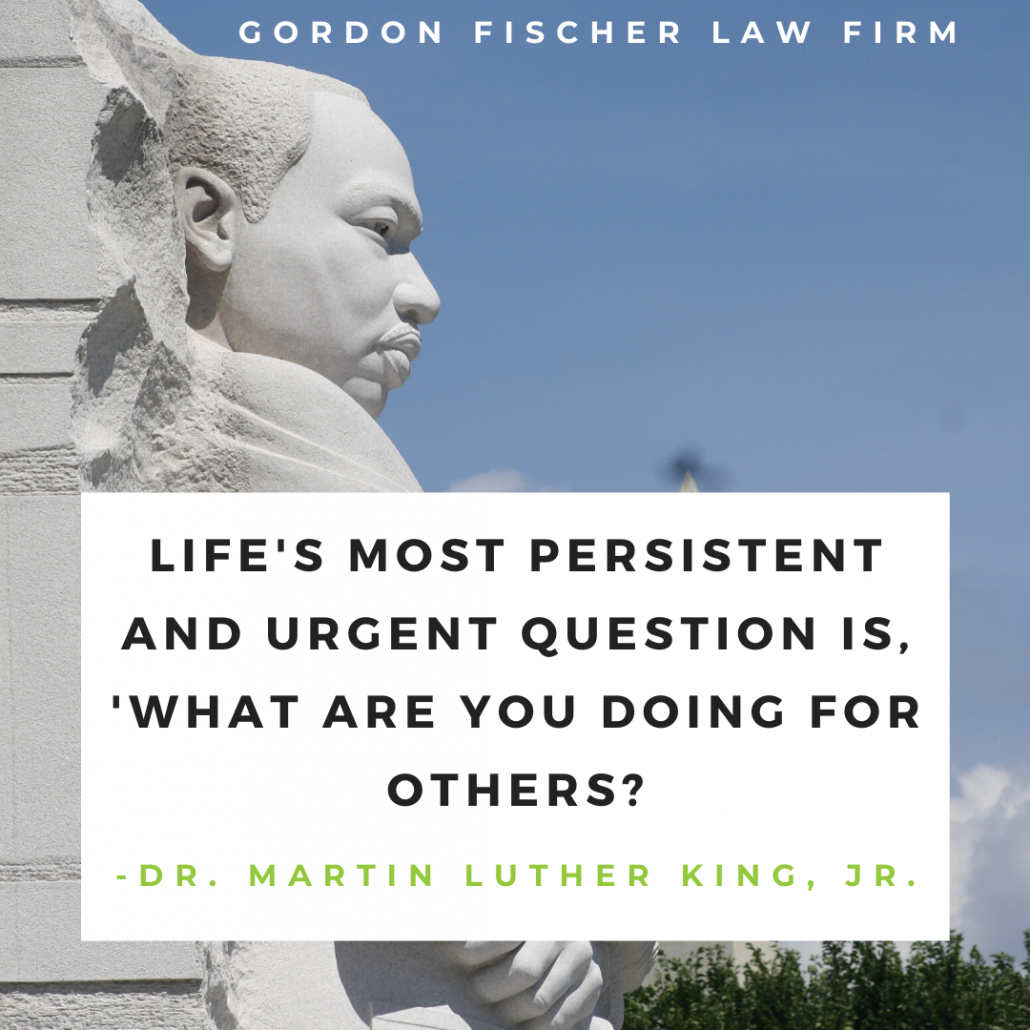You are a superhero. Seriously, you have the ability to change the world or, at the very least, your little corner of it. In fact, changing the world can be as simple as asking yourself one question: what causes would I like to benefit in my will?
BEQUESTS TO CHARITIES IN YOUR WILL
You can include the nonprofits you care about most in your will, leaving a legacy after you have passed on. You can include charities like your church, alma mater, a local cause, or an international organization in your estate plan. If you ask the charity you care about most, I bet they’ll tell you that your charitable bequest, no matter how big or small, can make a huge impact.
WHAT ABOUT MY KIDS?
When folks come to me for estate planning help, a major reason they do so—perhaps even the single reason they do so—is to benefit their children. Parents often think, “I love Charity X, but of course, I love my kids even more, and I’ve got to take care of my family.” Of course you do, and you should! However, I implore you to ask yourself another question:
How much is enough for my kids?
If you have an abundance of assets, and/or your children are independent adults, could you provide adequate support for your children and include a bequest to one or more charities?
LET’S TALK
Invite the whole family to the kitchen table sometime (even if your kitchen table is a virtual one, via email or Zoom) and talk about the distributions you want to make at death. Ask if including gifts to charity from your estate plan would be appropriate and acceptable for your children. Perhaps it’s a charity the whole family supports. Perhaps this will be the beginning of a multigenerational cycle of giving.
Why not talk about it? This can be an especially productive conversation if you can explain that taxes are going to eat up a chunk of one or more of the assets, which can be avoided by giving said asset(s) to charity (since charities are tax-exempt).
LIFE INSURANCE
Sometimes when parents give a major asset(s) to charity, and their kid’s inheritance takes a real hit, they’ll buy a new life insurance policy to make up the shortfall to the kids. They may even buy a new life insurance policy and name the charity directly as a beneficiary. There’s also a very helpful kind of trust called an ILIT, that significantly increases the impact of life insurance.
Without getting too complicated, let me explain the basics. An ILIT is an irrevocable, non-amendable trust which is both the owner and beneficiary of one or more life insurance policies. Upon the death of the insured, the trustee invests the insurance proceeds and administers the trust to one or more beneficiaries.
WHAT IS THE ROLE OF AN ESTATE PLANNER?
When it comes to estate planning, you’re thinking about so many different variables and scenarios – so what if you forget to factor in charity? Lucky for you, I’m here to help you maximize your charitable giving. That means determining how your generosity can not only help an organization make a difference, but how you can maximize the financial and estate-related benefits of giving.
STUDIES SHOWED
A 2013 study showed how lawyers, like me, can help charitable giving in estate planning. The scientifically-conducted research from the UK-based Behavioral Insights Team showed that when lawyers asked clients specific questions regarding charitable giving, the results were significant. Here are the findings:
CONTROL GROUP/BASELINE
Lawyers who provided no reminder or inquiry to their clients about possibly benefiting a charity in their estate plan (bequests) resulted in 4.9 percent of those clients including a charity in their plans.
TEST GROUP ONE
Lawyers who asked their clients, “Would you like to leave any money to a charity in your will?” resulted in 10.8 percent of their clients including a charity.
TEST GROUP TWO
Lawyers who said, “Many of our clients like to leave money to a charity in their will. Are there causes you are passionate about?” resulted in 15.4 percent of their clients including a charity.
What a dramatic increase!
Here are the approximate dollar values associated with each group:
CONTROL GROUP/BASELINE
Average bequest – $5,000
TEST GROUP ONE
Average bequest – $4,800
TEST GROUP TWO
Average bequest – $10,200
Again, test group two gives a powerful example of the difference charity-minded estate planners can make.
In the study, there were a 1,000 people in each group. That means that “Test Group Two” raised over $1 million more than the control group.
Certainly, your lawyer plays an important role in reminding, guiding, and assisting you in your charitable giving so that you can use your superpower – charitable giving through your will – to the fullest extent.
In 2017, $35.70 billion was contributed to US charities through bequests. Imagine if everyone worked with a lawyer with a strong focus on charitable giving! The impact nonprofits make in our communities could be incredibly transformative.
LET’S GET STARTED
Harness your superpowers and start your legacy today! The best place to start is by filling out my Estate Plan Questionnaire. It’s easy, free, and there’s no obligation. It’s simply a document to get you thinking and planning.
Already have an estate plan and want to update it to include the causes that are near and dear to your heart? Don’t hesitate to contact me.
*OK, not everything. But many things, let’s say, an excellent start.








